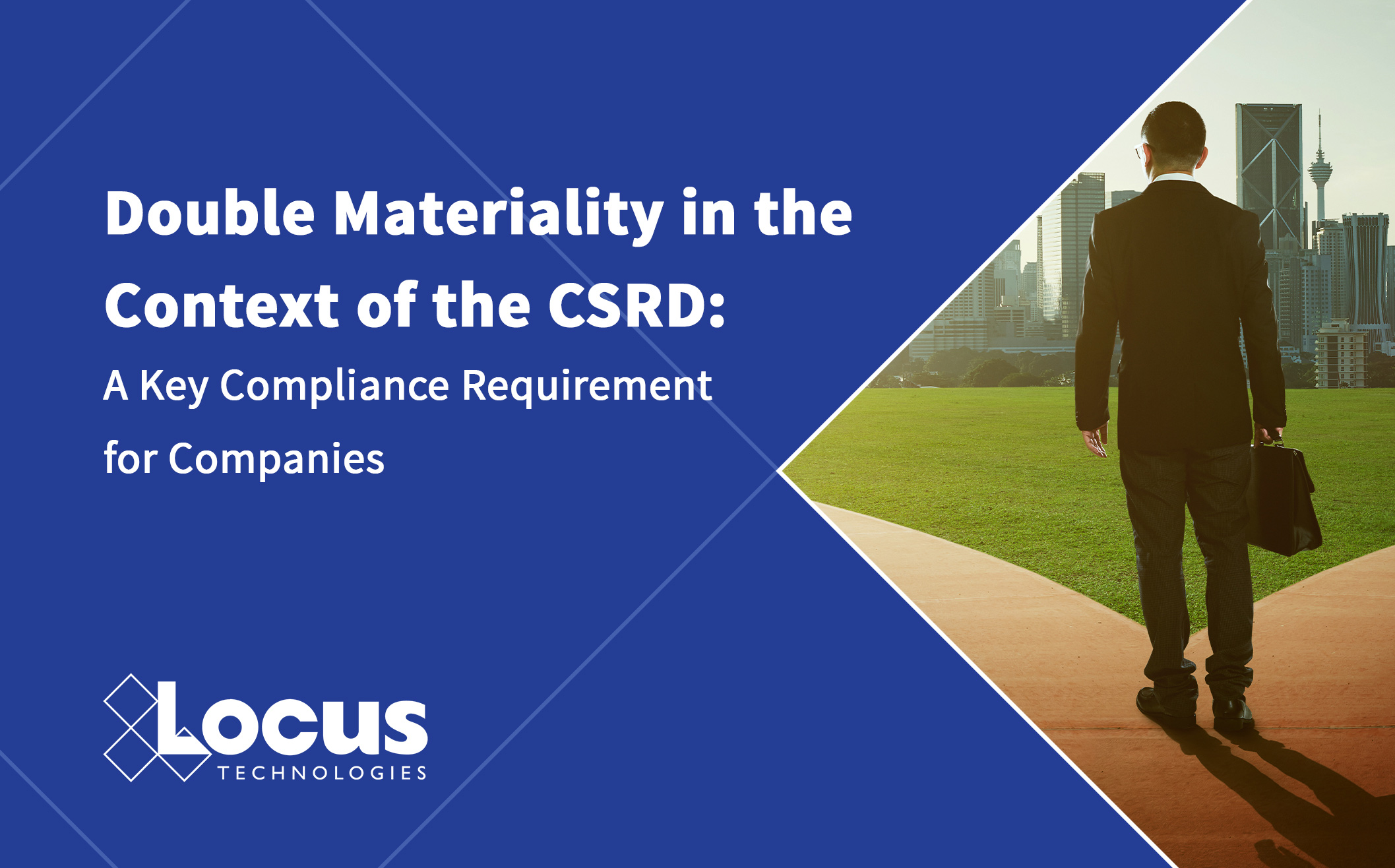
The concept of “double materiality” has become central to corporate sustainability reporting, especially in the context of the European Union’s Corporate Sustainability Reporting Directive (CSRD). Double materiality refers to the dual consideration of both financial and environmental, social, and governance (ESG) factors in determining what information a company must disclose. This dual focus requires companies to evaluate how sustainability issues affect their financial performance (outside-in perspective) and how their activities impact the environment and society (inside-out perspective).
Under the CSRD, companies are required to assess and report on both types of materiality:
- Financial Materiality (Outside-In): Companies must disclose how sustainability risks—such as climate change, resource depletion, or social factors—could affect their financial position, profitability, or performance. This includes potential regulatory, physical, or market shifts driven by sustainability concerns.
- Impact Materiality (Inside-Out): Companies must also disclose the environmental and social impacts of their operations, products, and services, highlighting how their activities contribute to issues such as climate change, human rights, or biodiversity loss.
Steps for Compliance with Double Materiality:
- Conduct a Materiality Assessment: Companies must perform a comprehensive materiality assessment that identifies both ESG risks and opportunities, and evaluates their significance for financial performance and stakeholder interests.
- Engage Stakeholders: Engage with internal and external stakeholders (e.g., investors, customers, regulators, communities) to gather insights on material sustainability issues.
- Integrate ESG Data into Financial Reporting: Ensure that material ESG factors are integrated into the company’s financial reporting framework, aligned with international standards like the Global Reporting Initiative (GRI) or the EU’s Sustainability Reporting Standards (ESRS).
- Disclose in a Transparent Manner: Provide clear, transparent, and verifiable disclosures on material sustainability topics, including the governance structures in place to manage these issues.
Reporting on both perspectives further complicates CSRD compliance, but Locus CSRD and ESG software was built for the toughest data and reporting challenges. We are here to help.
By complying with double materiality, companies not only adhere to regulatory requirements but also improve long-term resilience and value creation in a rapidly evolving sustainability landscape.
Locus is the only self-funded water, air, soil, biological, energy, and waste EHS and ESG reporting software company that is still owned and managed by its founder. The brightest minds in environmental science, embodied carbon, CO2 emissions, refrigerants, and PFAS hang their hats at Locus, and they’ve helped us to become a market leader in compliance and ESG reporting software. Every client-facing employee at Locus has an advanced degree in science or professional EHS experience, and they incubate new ideas every day – such as how machine learning, AI, blockchain, and the Internet of Things will up the ante for EHS, ESG reporting software, and sustainability.



